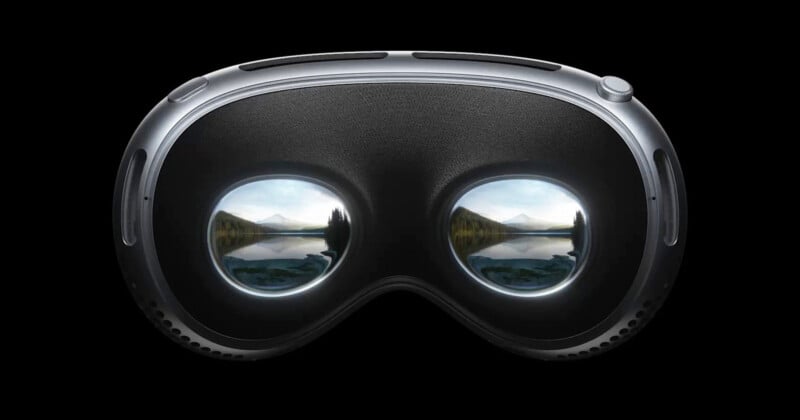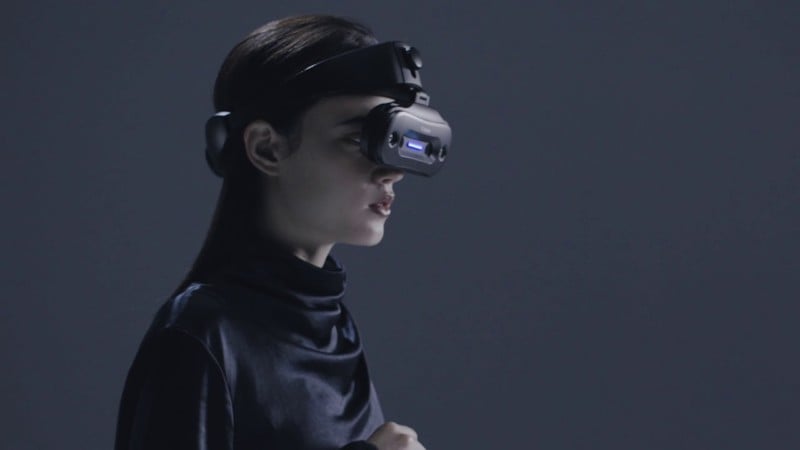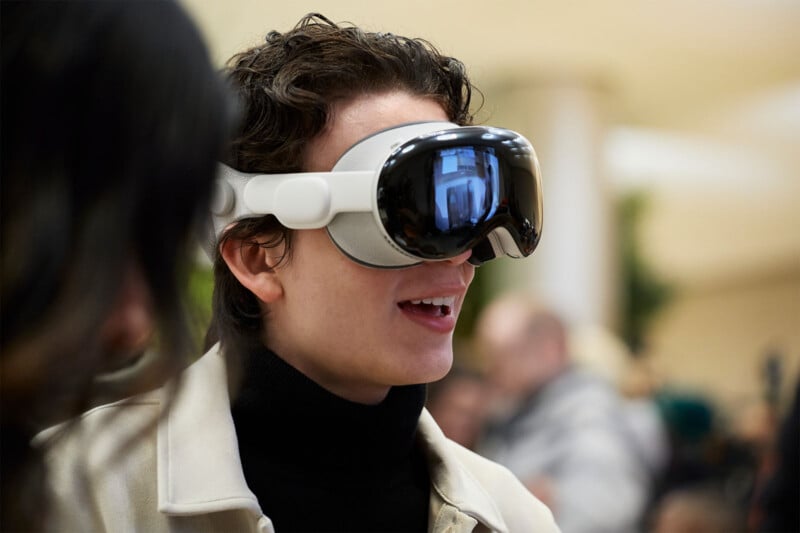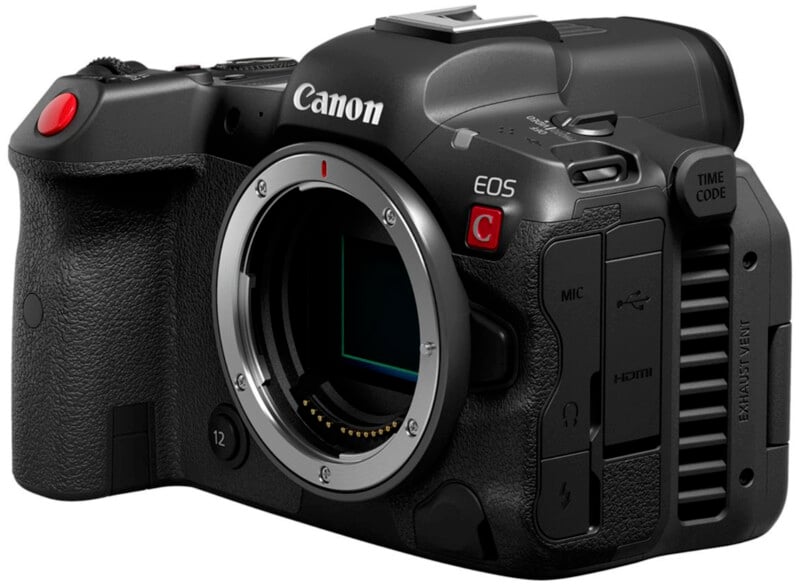Canon: No Currently Available Camera is High-Res Enough for Apple Vision Pro

Apple’s Vision Pro features some of the highest resolution screens ever made for an augmented reality or virtual reality headset, so it’s not hard to believe it will take a serious camera to make top-tier immersive content for it.
Speaking to PetaPixel at the CP+ camera exhibition in Yokohama, Japan last week, a contingent of Canon executives discussed the rising popularity of AR and VR as well as, specifically, the Apple Vision Pro.
Canon, which already produces a lens — the 5.2mm f/2.8 L — that is tailor-made for producing VR content, seems to have its finger on the pulse of that particular industry and has been keeping an eye on it for some time.
“Taking a look at the trends in the market from last year to this year, I can say that firsthand I am seeing a surge in the demand for VR. So I think definitely the demand will increase for 3D, VR, and AR,” Tetsuji Kiyomi, Advisory Director and Unit Executive within the Image Communication Business Operations at Canon, says.
“The VR market itself has been expanding even before Apple launched its Vision Pro,” Go Tokura, Senior Managing Executive Officer and Deputy Head of the Imaging Group at Canon, adds. “But by doing so, I think it is going to be another push to expand this market. And because the Vision Pro’s resolution is extremely high, what we are hearing is that currently it might be difficult to find a VR system which has enough resolution for Vision Pro.”

Canon says that looking forward, it could very well be a new business opportunity or potential market to produce a camera and lens system that can support making immersive video content for Vision Pro.
Apple currently provides a set of immersive backgrounds that let Vision Pro wearers visually transport themselves to a variety of locations. This level of detail and reproduction at a scale and with a refresh rate that looks natural is exceedingly challenging to do using currently available cameras in the real world with no help from computer graphics. There is a belief that the baseline of some of that immersive footage was captured using a RED 8K camera, but confirmations from Apple are scarce. Much of those environments aren’t designed to be viewed up close, either, and the aspect of the content, when viewed in a Vision Pro, appears odd relative to currently available cameras. There is some motion, but most of the scene is stationary.
But what if up close, moving content was desired? What if making a whole immersive landscape featuring multiple elements like animals, people, and more was the goal? That would require one heck of a camera system to appear true to life. That is, at least, what Canon believes.
“In order to reproduce video for Vision Pro, you need to have at least 100 megapixels,” Yasuhiko Shiomi, Advisory Director and Unit Executive of the Image Communication Business Operations at Canon, says.
“So at the moment, we can’t cater to that level of a requirement. But what I presume what companies who will be providing images for the Vision Pro will be required to have 100-megapixels with 60 frames per second,” Shiomi explains.

For reference, 100 megapixels would equal 14K: nearly double most of the current high-resolution cinema offerings. The only system that fits the bill is Sphere’s Big Sky camera, which is an 18K behemoth that takes 12 people to operate. While that would be enough, it isn’t in mass production and likely isn’t commercially viable, given the cost, to use outside of making content specific to the Sphere. The key point here is availability.
14K at 60 frames per second is an insane specification, and there there is no available commercial camera that can make content for the Vision Pro that fits within those resolution and frame rate requirements.
The anticipation of 100 megapixels is based on the idea of a single sensor equipped with a dual-lens — one for each eye. At Canon’s Expo in 2015, the company showed off a 100-megapixel sensor, so the company has dabbled in that level of resolution before. However, that resolution mixed with 60 frames per second is asking a lot.
“So we haven’t been able to do that to be commercially viable yet. But if you don’t mind, please look forward to whether we can do that or not,” Tokura adds. “But technically, theoretically, we can do that. However, the problem is whether we can come up with the products that can be commercially viable and a price can be affordable enough for the customers to be able to buy them.”
That is a point of emphasis, as while the aforementioned Big Sky camera does exist, it is very specialized and arguably not commercially viable — at least not in its current state.

Canon is keeping a close eye on this market, though, and anticipates moving towards creating products to meet those needs.
“[Yes it is] a goal,” Tokura says.
“We are polishing our technology so that we can provide the high resolution for the VR purposes. So we will continue trying to improve our technology so that we can improve both resolution and speed with a good balance,” Shiomi says.
Even as AI threatens the work of photographers and filmmakers, there is something to be said for realism and immersive content. If Canon can deliver the means to produce the content, it can likely find a home inside of a VR headset.